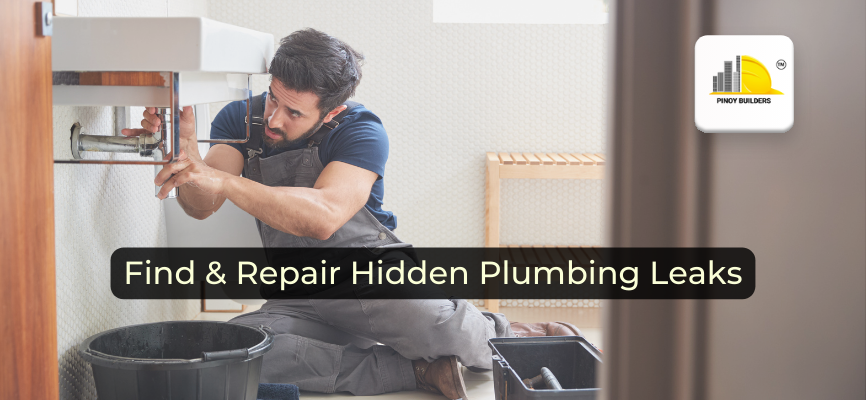Plumbing leaks are a three-in-one dilemma that homeowners dread. This type of problem causes a lot of mess, ruins routines, and it can be difficult to assess how bad the problem is. One day, it’s just the sink, the next day, you find out that your entire plumbing is against you and has decided to deprive you of water or worse, flood your home. If you think that your pipes are about to turn on you, find where the source of the leaks are and have them repaired as soon as possible. Here is a short guide to help you locate the leaks and assess the damage.
1. Dry Areas are Mysteriously Wet Again
Generally, one would assume that floors or cabinets close to a water source will always get wet no matter what. But if puddles of water keep appearing regardless of whether they are close to water sources what, consider it a sign of a leak. Small leaks are not a high-level threat, but they can be a precursor of worse things happening. The best thing you can do is inspect the pipes, figure out if they need to be replaced, or if they just need a bit of tightening. For worse situations, it is best to get a professional come to your home.
2. Molds, Smells, and Material Damage
In connection with the first example, one of the worst plumbing-related things that can happen to your home is deterioration that is caused by water. Molds are often caused by a mix of moisture and the weather, and some materials will rust or break down if they are constantly exposed to water. These are usually found in laundry rooms, attics, and any place where pipes reside. For the sake of your home and your family, have these molds removed, and the cause of these molds addressed and eliminated.
Examples of material damage caused by water:
● Flaking and/or smelly tiles
● Grout mold and mold spots in general
● Metal Rust
● Wood Rot
● Cracks where water can seep through
3. Clogged Drain
Clogged drains are the effect of improper drainage of solids and solidifying liquids. Kitchen drains and toilets often encounter this issue, which can either be the fault of the user or the pipes themselves. For example, regularly exposing your drains to oil and grease will result in it drying up, and solidifying, which can in turn harm your pipes. This will not only affect your household, but it can also potentially affect the neighborhood’s plumbing. Dispose of liquid trash properly by putting it in a container and throwing it the way you would solid trash.
4. Gut Feeling
Remember, nothing is permanently perfect in this world, and plumbing systems do deteriorate over the years. But what if the signs aren’t there? What if they are too subtle? That does not mean that everything is alright. Do basic inspections such as checking your water bill, your water meter, the smell of the drain, or signs of rust. If something is off about any of these, then follow your gut and get your home the plumber it most likely needs.
Also, if your pipes haven’t been checked for decades, then it is safe to assume that it is close to breaking down. It is all a matter of waiting for it to break or fixing something that isn’t broken yet.
These are just some of the ways for you to know if your pipes are still in good shape. After all, indoor flooding is not the only worst-case hazard to expect. Molds caused by prolonged exposure and rusting pipes do just as much damage and are a risk to the health of an entire household. Be responsible, or the consequences will affect your everyday life.
![]()








